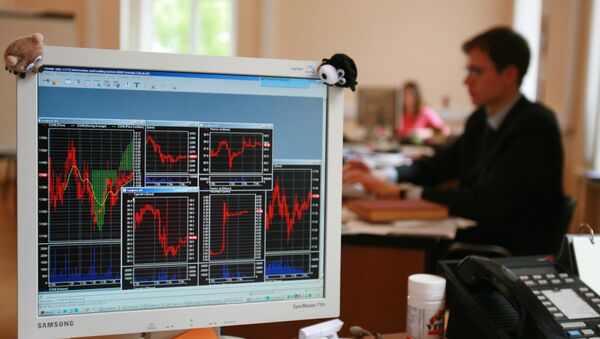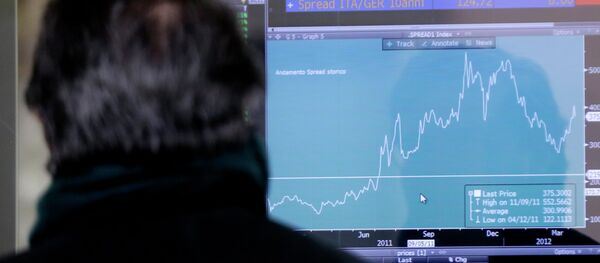The issuance was a surprise for market players and experts, Russian economist Anton Tabakh wrote in an article for the Carnegie Moscow Center think-tank.
The sale had an unusual format, the economist noted. It was organized by only one bank — VTB Capital, a subsidiary of the Russian VTB Bank financial services corporation. Usually, several banks, including major international ones, are involved in issuing sovereign debt.
Moreover, funds will be transferred via the Moscow Exchange’s National Settlement Depository (NRD), rather than the traditional Euroclear and Clearstream systems.
However, demand for the Russian bonds was surprisingly high for an economy in crisis and under sanctions, the article read.
Total bids for Russian bonds topped $7 billion, while the Russian Finance Ministry limited total bids to a maximum of $3 billion. The $1.75-billion issuance was considered sufficient by the ministry, Finance Minister Anton Siluanov said.
Currently, the Russian debt, including the recent bond issuance, is nearly $51 billion, or four percent of GDP. The debt comprises mainly Eurobonds ($37 billion) maturing in 2043 and loan guarantees ($11 billion).
In comparison with the sovereign debt of many developed countries, the sum is small. In addition, Russian gold and foreign exchange reserves estimate at nearly $300 billion. This is why neither the government nor foreign investors have concerns about the debt service.



